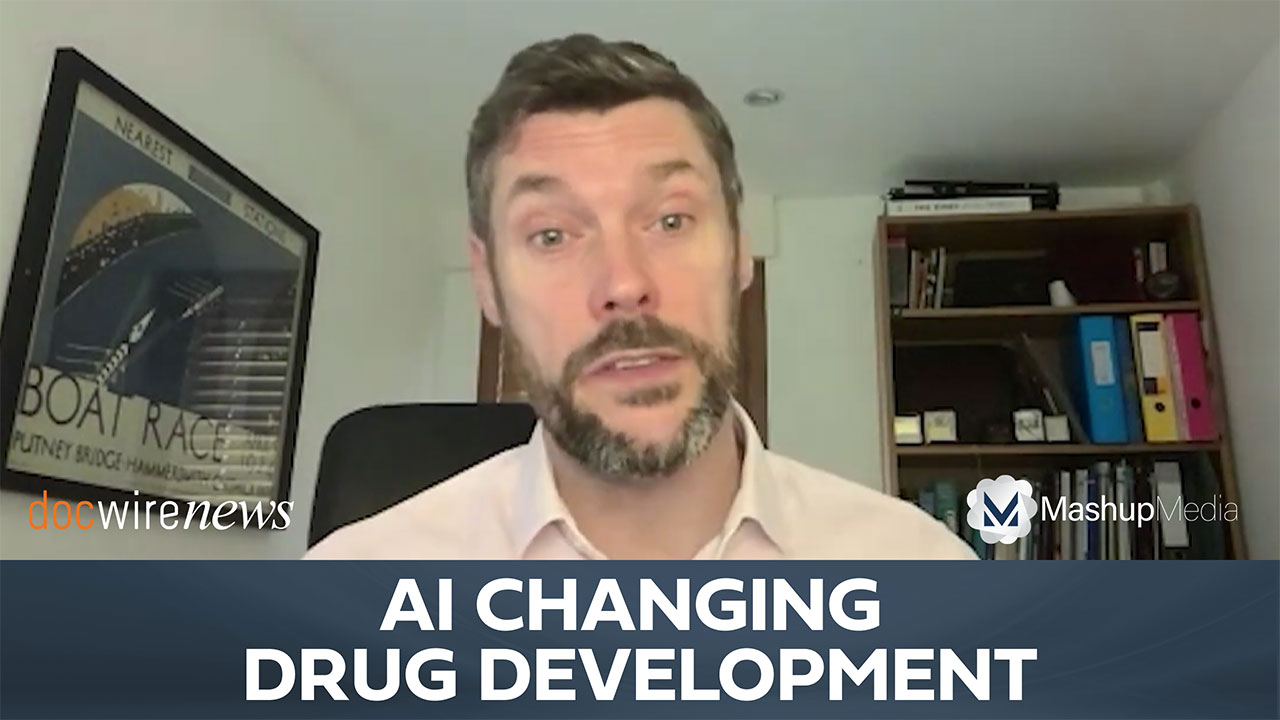
IDx-DR, a device that was previously covered on DocWire News, is capable of diagnosing diabetic retinopathy without human intervention. The system is the first FDA-approved autonomous artificial intelligence (AI), using its software to analyze images from a retinal camera for evidence of lesions. These lesions are a sign of retinal damage that is associated with diabetes and are what physicians look for in diagnosing eye disease in diabetic patients. Recently, we took the time to check in with IDx CEO and Founder Michael Abramoff, MD, PhD, about how this innovative technology has fared in the past year.
IDx-DR was only in place at the University of Iowa Health Care when we spoke with Dr. Abramoff last summer, however, he notes that the technology is now implemented in over 20 locations in the country. Some of the institutions utilizing this AI technology include:
- Blessing Health
- Johns Creek Primary Care
- Johns Hopkins
- LCMC
- University of Iowa Health Care
Dr. Abramoff added that there are other sites across the country currently using IDx-DR as well, claiming that, “It’s being used in places in Georgia, California, Maryland, and Minnesota in addition to Iowa.” IDX-DR is performing very well at these affiliated institutes thus far and is receiving praise from practicing physicians.
“The company has done well in developing an algorithm that can detect the possibility of early disease,” said Tim Beth, DO, Family Medicine, Blessing Health Center, in a press release. “We would be missing patients if we did not use it.”
“After I see the patient, if they qualify for it or if they don’t have an eye doctor, we do the exam and get immediate results,” he continued. “If there is any evidence of retinopathy, we refer them to an eye doctor. If there is no evidence of retinopathy, we’ll do it again next year.”
Improving Upon the Current Technology
One of the unanswered questions about IDx-DR technology is whether it is improving patient outcomes. Dr. Abramoff noted that there are a number of existing studies that show early detection of diabetic retinopathy can improve patient outcomes, but it has not yet been proven in IDx-DR. To address this, IDx is conducting several studies with early partners to determine whether patients who receive a positive result from IDx-DR are actually getting to the eye care provider and receiving proper treatment. Additionally, the company recently launched at a chain of retail health clinics called CarePortMD, which has a unique care coordination model that ensures patients with positive IDx-DR exam results are transmitted to the patient’s primary care doctor and same-day or next-day appointments are made with an eye care specialist. IDx plans to expand this care coordination model to other settings to ensure patients are getting the follow-up care they need.
Dr. Abramoff added that although IDx is always looking to increase their technology’s diagnostic accuracy, this is not an easy task.
“It’s hard because it’s very, very good already, compared to patient outcome,” he explained. “And so that’s important to remember in a clinical trial, we compared to the patient outcome. This is normally how AI is validated and accelerated. It’s like we’re the only ones, to our knowledge, that have been accelerated based on patient outcome and assured that it’s from patient outcome.”
Another study, which is expected to be published in the next few months, explores IDx-DR’s use in children.
Taking AI Diagnostics a Step Further
Outside of diabetic retinopathy, IDx is experimenting with autonomous diagnostic tools for other conditions as well, such as glaucoma and macular degeneration. Creating an AI that can detect ear infections is also a goal for IDx, with Dr. Abramoff noting that research efforts regarding such technology have been underway for at least two years. Alzheimer’s disease is amongst these conditions IDx hopes to add to their AI’s diagnostic portfolio as well. Dr. Abramoff claimed that the company has plans to pursue clinical trials regarding these new diagnostic capabilities.
“We are definitely working towards adding on to the system to make sure that it diagnoses more diseases,” he explained. “Each of these requires again, scientific evidence compared to patient outcome or target outcome … so we have prototypes there. Again, the challenge is always working with the FDA. To show it’s safe for patients and that is the challenge.”
He added that it is much easier to create these technologies for diseases with assured patient outcomes, like diabetic retinopathy, but that conditions like glaucoma present a greater challenge.
“The FDA prefers to see something where experts and the scientists, agree on what the disease actually is,” Dr. Abramoff explained. “For glaucoma, we’ve been working for years on getting to a definition of what glaucoma actually is. And you can imagine if you do not have a clear, crisp information on what you want to diagnose, it’s harder to build the AI and it’s impossible to validate that AI. That is a challenge.”
Overall, Dr. Abramoff expressed great pride in both the rapid expansion and acceptance of IDx-DR and the fact that IDx is “doing it the right way.”
“There are many challenges with implemented AI in clinical practice, and we have solved a lot of them,” he explained. “As a company we were very excited we’re rapidly growing. We recently were named one of the 150 leading digital health companies in the world by CBInsights. People are starting to recognize that it’s something very special we’re doing here and that’s very exciting.”
“There’s a lot of fear and uncertainty about AI and healthcare and of AI in general. That’s why it is very important that you do as in a transparent and accountable way. We always accept liability because this is autonomous AI, it makes its own clinical decisions by itself. As doctors have medical liability, and we as company assume medical liability because we say what a doctor does, performing the same task, then we share it in policy.”







 © 2025 Mashup Media, LLC, a Formedics Property. All Rights Reserved.
© 2025 Mashup Media, LLC, a Formedics Property. All Rights Reserved.